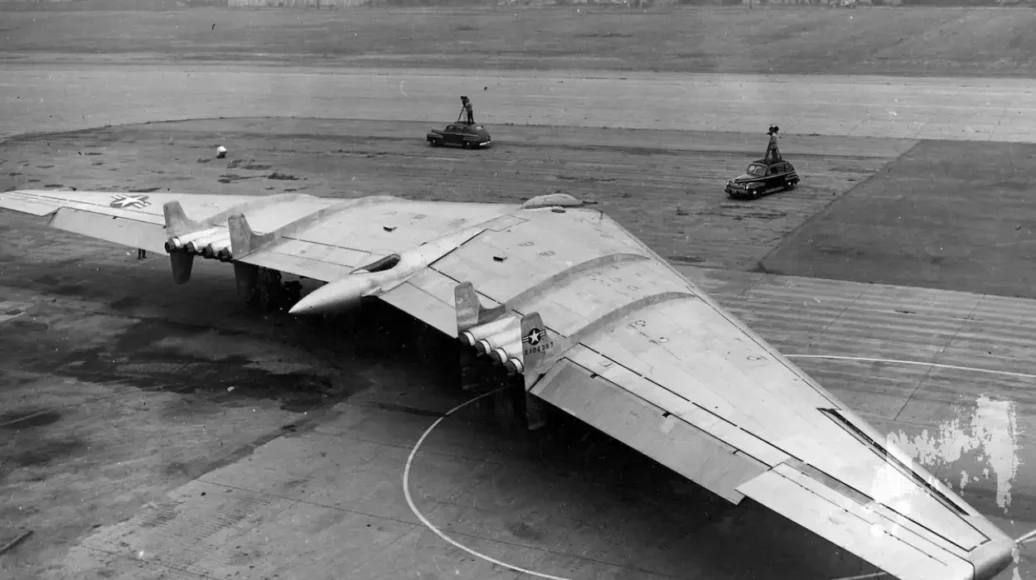
The Northrop YB-49 is one of the loneliest and most interesting airplanes of airplane history. The YB-49 which was a prototype bomber that was specifically designed to have a radical flying wing in the middle of the 1940s is famous for this. Originally built by Northrop Aircraft, it was an early attempt and a daring concept of a bomber that was aimed at engineering a design with the highest possible efficiency and the best possible flight dynamics. The YB-49 never reached full-scale production, the drag was left in aircraft design which was to follow, and the flying wing aircraft remains an important part of aviation history.
In this article, the reader will learn about the history, the concept, the build and what it was like to fly the Northrop YB-49 and why this aircraft was so ground-breaking and how it changed the course of modern air travel.
History of the Northrop YB-49
The development of Northrop YB-49 could be dated back to mid of the Second World War and at the time that was the end of it when the USAF started looking for better bombers. Jack Northrop a brilliant engineer was fascinated towards flying wing designs for a long time. Such designs removed the fuselage and tail of a normal aircraft, incorporating a wing for the entire flight system.
In 1941, the Northrop company was granted money for the preparation of a flying wing bomber prototype by the USAAF. This led to the genesis of the Northrop N-9M as a miniature test aircraft which would later act as forerunner to the YB-49 airplanes. Due to the information from the N-9M concepts before the creation of the YB-49 it was useful in identify what worked, and what failed with the flying wing theory.
The Northrop YB-49 was derived to meet the need of the military to get a new high-speed bomber with long-range capabilities of delivering high payloads. The aerial vehicle came equipped with a replication of the modern design standard which encompassed a large swept wing, four turboprop engines and an innovative pilot cabin design. The first flight of the YB-49 took place in 1947 flying 38 missions; however, its heavy duty was accompanied by technical glitches which did not allow it to go into full-scale production ever.
Design and Features of the Northrop YB-49
The Northrop YB-49 had characteristics that were quite different from the conventional bombers produced in the same period. The flying wing is not only an innovative layout but a very early and pioneering concept for industrial airplane building. Here are some key features of the aircraft:
Flying Wing Design
One of the foremost identifying characteristics of the YB-49 was on its flying wing. This revolutionary design replaced the coaxial fuselage and tailplane with a broad, elliptical wing that incorporated all the major components of the YB-49 including the engines and cockpit. It also surpassed the aerodynamic drag of existing bombing planes and provided more effectiveness in its overall design, thus making the airplane faster, and more fuel efficient than the customary bouncing bombers.
Four Jet Engines
That sleek bird, the YB-49, which was designed by the Convair Company in the early 50s, was equipped with four turbojet engines mounted on the ends of wings. These engines were much more advanced than pistons-driven engines used in earlier bombers. Integral to the YB-49, the turbo jets enable the plane to fly much higher and much faster than the previous models while at the same time with increased efficiency. However, the engines integrated into the wings had some problems with stability: at high speeds, the aircraft could not maintain a stable flight.
Unconventional Cockpit
The cockpit of the YB-49 was positioned in a forward area of the wing and was smoothly tapered to provide aerodynamic streamlining. This was the first acute angle leading to the main idea that the pilot control seat was













Leave a Reply